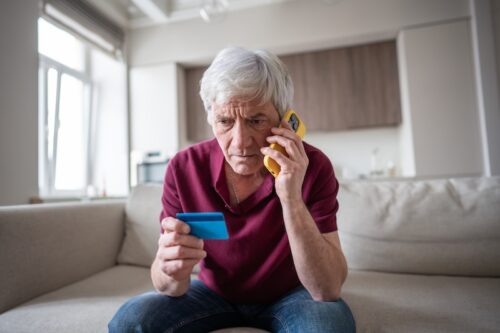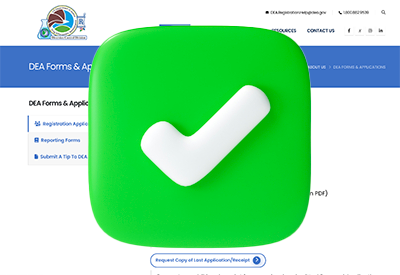Addiction Treatment
Pain Management for Patients With Opioid Use Disorder
February 28, 2024
Overview of Treatment Options for Opioid Use Disorder
February 28, 2024
Opioid Use Disorder Psychosocial Approaches
February 28, 2024
How to Choose the Right Medications for Opioid Use Disorder
February 28, 2024
NALTREXONE ReVia Vivitrol Fact Sheet for Patients
February 28, 2024
LOFEXIDINE Lucemyra Fact Sheet
February 28, 2024
NALMEFENE Opvee Fact Sheet
February 28, 2024
BUPRENORPHINE MONOTHERAPY Subutex and others Fact Sheet G
February 28, 2024
How to Manage and Taper Buprenorphine
February 28, 2024
NALMEFENE Opvee Fact Sheet for Patients
February 28, 2024

_-The-Breakthrough-Antipsychotic-That-Could-Change-Everything.jpg?1729528747)



